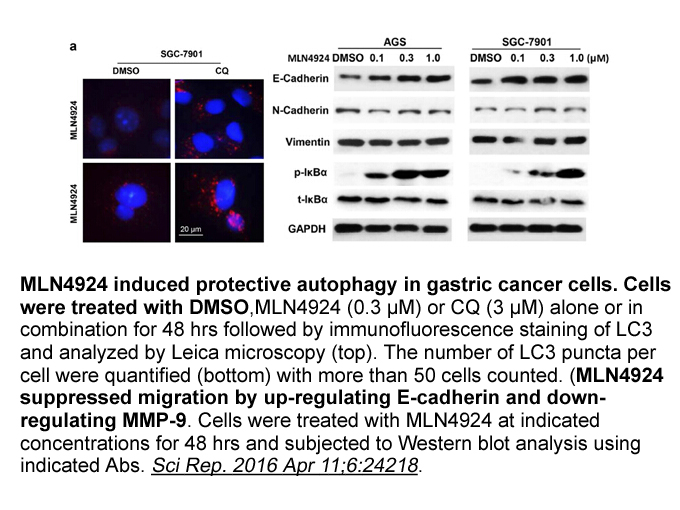Archives
F is an orotomide a novel
F901318 is an orotomide, a novel class of antifungals, which inhibits pyridine biosynthesis by blocking dihydroorotate dehydrogenase (URA1) activity [137]. Although this pathway is conserved in humans, human URA1 is only 20% identical to its fungal homolog and it is inhibited 2000-fold less effectively by this drug. F901318 is highly active against azole and amphotericin B-resistant Aspergillus strains but is inactive against the Mucorales and Candida spp. F901318 is currently in phase 1 clinical trials for invasive aspergillosis.
APX001A (previously named E1210) is an inhibitor of the fungal Gwt1 protein that catalyzes an early step in the biosynthesis of the glycosylphosphatidylinositol (GPI) anchor that is required for the anchoring of mannosylated proteins of the fungal cell wall and cell membrane. It has activity against Candida, Aspergillus, Fusarium and Scedosporium in vitro. It also shows activity against azole and echinocandin-resistant strains of Candida[143]. Very recently, APX001 has been granted QIDP designation by FDA. This product is currently in phase 1 clinical trials for the treatment of invasive aspergillosis, invasive candidiasis, and coccidioidomycosis.
AR-12 (OSU-03012) was identified through a repurposing screen of protein kinase inhibitors looking for antifungal agents. It has been granted the European Orphan Drug status for the treatment of cryptococcosis. AR-12 inhibits acetyl-CoA synthetase that leads to defects in several cellular processes [138]. It is in preclinical development for the treatment of cryptococcosis.
VL-2397 is a new class of antifung al that has received QIDP designation for development for treatment of aspergillosis. Its mechanism of fungal cell inhibition is not known, although it seems that the import of this drug into fungal ARCA Cy5 EGFP mRNA sale requires the siderophore transporter Sit1. As this transporter is absent in mammalian cells, this mechanism of entry could be specific for fungal pathogens. VL-2397 shows fungicidal activity against Aspergillus, but it has no activity against Candida albicans or other Candida species. It is currently in phase 1 clinical trials for the treatment of invasive aspergillosis.
al that has received QIDP designation for development for treatment of aspergillosis. Its mechanism of fungal cell inhibition is not known, although it seems that the import of this drug into fungal ARCA Cy5 EGFP mRNA sale requires the siderophore transporter Sit1. As this transporter is absent in mammalian cells, this mechanism of entry could be specific for fungal pathogens. VL-2397 shows fungicidal activity against Aspergillus, but it has no activity against Candida albicans or other Candida species. It is currently in phase 1 clinical trials for the treatment of invasive aspergillosis.
Conclusions
Despite the numerous available antifungal drugs, they do not meet the expectations for managing these fungal infections. Mortality rates are still unacceptably high, increasing azole- and echinocandin-resistant strains are being reported more frequently, and acute and chronic side effects are often observed. Therefore, as reported and agreed by many researchers there is an emerging need to fill the pipeline with new antifungal drugs [8], [9], [10], [96].
Introduction
Antifungal susceptibility testing (AFST) of pathogenic fungal organisms remains an indispensable though challenging tool in the battle against fungal diseases [1], despite multiple factors beyond the microbiological resistance that affect the in vivo outcome in opportunistic invasive mycoses. Measuring fungal growth in the presence of different antifungal drug concentrations allows the determination of the MIC, a value that helps to predict the likelihood of efficacy of the antifungal therapy [2], [3]. However, one of the limitations when using reference (i.e. CLSI or EUCAST) AFST methods [4], [5], [6], [7] or the commercial adaptations (e.g. Etest (AB Biodisk, Solna, Sweden) or Sensititre YeastOne (SYO, Thermo Fisher Scientific, MA, USA)) of microdilution or disc diffusion MIC assays, is that these methodologies have a time-consuming set up and/or intrinsically slow turnaround time—this is also true for antibacterial agents [8]. Again, there are important issues that cannot be ignored. First, the interlaboratory variability in caspofungin MICs has limited the in vitro testing of this antifungal drug using both the reference methods. Second, the general subjectivity in reading MIC end-points may lead to unreliable and non-reproducible results, especially when the visual MIC determination is adopted. Third, the scarce correlation between the results of reference AFST and therapeutic outcomes has precluded CLSI or EUCAST from establishing clinical breakpoints for some antifungal agents and fungal species. Fourth, CLSI and EUCAST clinical breakpoints often differ, making the interpretation of antifungal MICs difficult in the clinic setting.